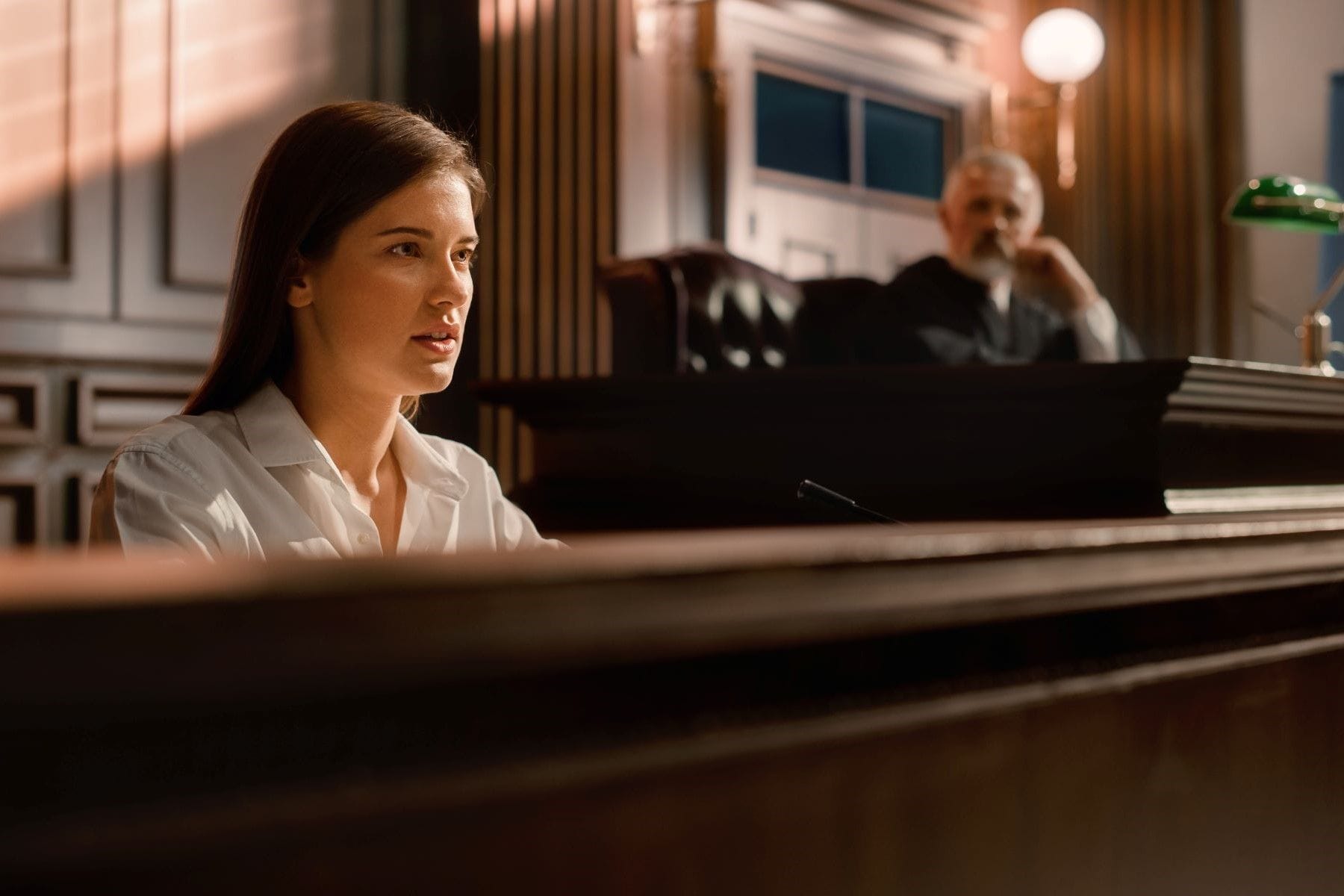Federal Rule 403: Balancing Probative Value and Prejudice in Evidence
In the federal court system, Federal Rule of Evidence 403, or the “prejudice rule” plays a crucial role in determining the admissibility of evidence in litigation. This rule serves as a balancing act, weighing the probative value of evidence against its potential to cause unfair prejudice, confusion, or other negative outcomes.
Updated on
What is FRE 403?
The modern form of Rule 403 was incorporated into the Federal Rules of Evidence in 1975. The language of the rule has remained largely unchanged, but its interpretation and application have evolved through case law and amendments to the FRE. Amendments have clarified its scope and refined the factors judges consider when applying the rule.
Rule 403, “Excluding Relevant Evidence for Prejudice, Confusion, Waste of Time, or Other Reasons,” empowers judges to exclude relevant evidence if its probative value is substantially outweighed by the danger of unfair prejudice, confusion of the issues, misleading the jury, undue delay, or cumulative evidence. The rule is a restatement of a common law rule. One of the primary functions of the rule is to prevent the admission of evidence that may provoke strong emotions. Federal evidence rule 403 requires judges to carefully weigh the relevance and importance of evidence in light of its potential to prejudice the jury or distract from the central issues of a case. This balancing act requires judges to make nuanced assessments based on the facts and arguments presented by the parties.
Key Terms
- Probative Value: The degree to which evidence tends to prove or disprove a fact in question.
- Unfair Prejudice: The risk that evidence will improperly sway the jury to decide a case on an improper basis, such as emotion or bias.
- Confusion of Issues: When evidence is likely to confuse the jury or divert attention away from the main points of contention in the case.
- Misleading the Jury: Evidence that could lead jurors to draw incorrect conclusions about the facts of the case.
- Undue Delay: Evidence that would unnecessarily prolong the trial process without significantly contributing to the case.
- Cumulative Evidence: Evidence that is repetitive and adds little new information beyond what has already been presented.
Examples of Evidence That Might Be Excluded Under FRE Rule 403
- Graphic photographs that could inflame jurors' emotions without substantially adding to the understanding of the case.
- Information about a criminal defendant’s gang membership, or possession of weapons at the time of arrest.
- Previous criminal history of a defendant that is not directly relevant to the current charges and could unfairly prejudice the jury against them.
- A plaintiff’s failure to wear a seatbelt, unless accompanied by expert testimony that the injuries would have been less severe if they had been wearing a seatbelt.
- Expert testimony that is overly technical or speculative and might confuse rather than clarify issues for the jury.
Considerations for Limiting Instructions Versus Exclusion
In some cases, rather than excluding evidence outright under Rule 403, judges may opt to issue limiting instructions to the jury. These instructions clarify the proper use of potentially prejudicial evidence and mitigate its negative impact while allowing it to remain in the trial.
Notable Cases
Rule 403 has been shaped over the years by its application in federal courts. In Old Chief v. United States (1997), the Supreme Court considered whether the prosecution's introduction of a defendant's prior conviction for a felony could unfairly prejudice the jury.
In United States v. Morales-Aldahondo (2007), the 10th Circuit held that while a judge could weigh the prejudicial impact of a particularly emotional piece of evidence, there was no requirement that they “scrub the trial” of evidence with an emotional impact.
In United States v. Ellis (1998) and United States v. Parr (2008) the court found an error in introducing evidence of portions of The Anarchist’s Handbook in cases where the defendants had possessed explosives (Ellis) and made threats against a government building (Parr).
Intersections with Criminal Law and Constitutional Questions
Alongside Rule 404(b)(2) and Rule 414(a), which allow evidence of other crimes to be admitted for reasons other than character, Rule 403 is a check on the admission of past crimes evidence against defendants. It has also been argued that the Rule is unconstitutional, as the codification of the law from the common law rule did not contemplate the right to a jury trial, which requires that juries be presented with all relevant evidence.
Conclusion
Federal Rule 403 is a cornerstone of federal litigation. Attorneys in federal court must be diligent in researching case law to understand what factors will lead a judge to find that the probative value of the evidence will outweigh the potential prejudice or other concerns.
Frequently Asked Questions
What does Federal Rule 403 mean?
Federal Rule 403 allows judges to exclude relevant evidence if its probative value is substantially outweighed by the danger of unfair prejudice, confusion, misleading the jury, undue delay, or cumulative evidence.
How does Rule 403 affect evidence in court?
Rule 403 allows judges to exclude relevant evidence if its probative value is substantially outweighed by the danger of unfair prejudice, confusion, misleading the jury, undue delay, or cumulative evidence. This balancing act ensures that the admission of evidence does not provoke strong emotions or distract from the case's central issues.
What are examples of evidence excluded under Rule 403?
Examples of evidence excluded under Rule 403 include graphic photographs that could inflame jurors' emotions, a defendant's prior criminal history that is not directly relevant, and expert testimony that is overly technical or speculative.


